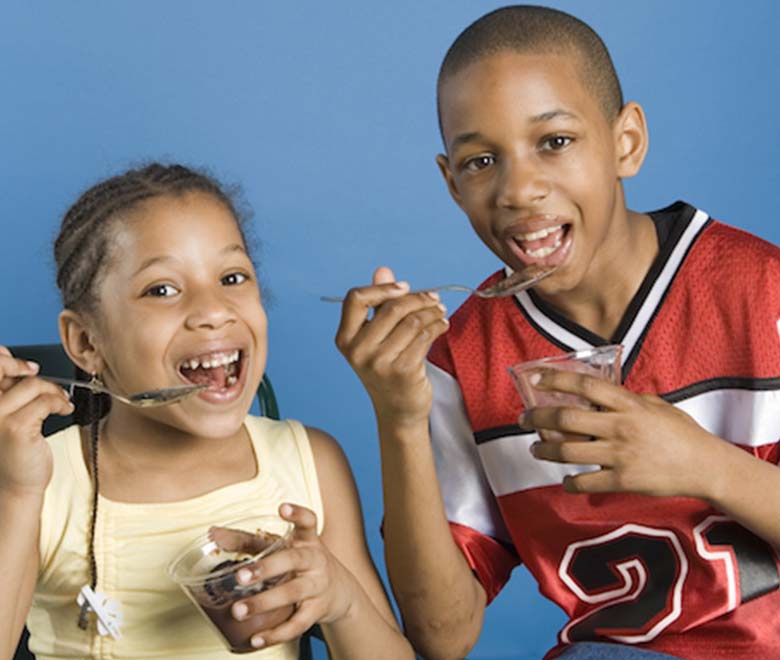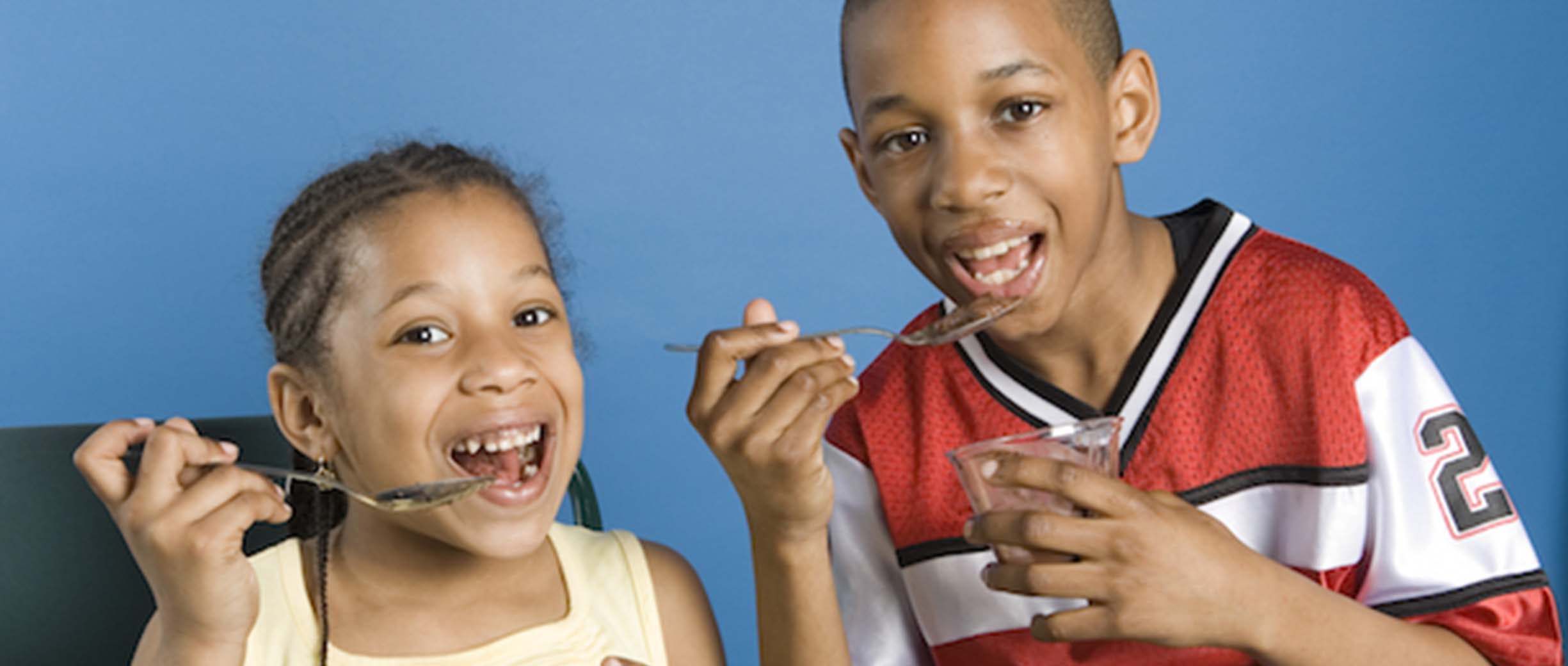
Teach Your Kids How to Make Good Food Choices in 6 Easy Steps


We work so hard to teach our kids responsible habits --- from looking both ways before crossing the street and watching for cars backing out in the drive way, to brushing their teeth twice a day and having appropriate manners.
When they’re home alone or out with friends, we hope they make the right choices. Here are six simple steps to help your kids make good choices to nourish their bodies.

1. Give them choices at meal times
When you’re preparing a meal, ask your kids to select a vegetable of their choice and then to help you prepare it. Asking them if they want sliced apples or pears with their lunch, for example gives them a choice. And when they’ve made their selections, have them wash, scrub and cut the veggies/fruit or to help assemble their sandwich. This approach will also save you time and teach them valuable kitchen skills.2. Teach them about staples and how to reinvent their favorites
Do your kids like whole grain mac-n-cheese? Teach them how it’s made and show them how to boost the flavor and nutrition by adding frozen peas, salsa or another healthy additive of their choosing. If your kids love grilled cheese, have them help you assemble it, and teach them healthy tweaks like using olive oil instead of butter and adding sliced tomatoes. It may not seem like much, but kids absorb information like a sponge, and they’ll keep these habits for life!3. Stock the fridge with grab 'n' go options
Stock the fridge and cabinets with yummy whole food grab ‘n’ go options, like pre-washed fruit and veggies, bagged nuts, whole grain crackers, cheese sticks, hummus dippers, tuna pouches, low-sodium beef jerky, cherry tomatoes, and sliced cucumber. Store these options front and center in your fridge and pantry so you’re more inclined to choose them! Learn more ways to get kids to eat vegetables.4. Let the kids pick dinner one night each week
They’ll feel more included and empowered at meal times. Include them in smaller dinner decisions as well. For example, if you’re making tacos, ask them what they think will add color or crunch to the meal, and then include that item. Encourage them to include a new type of vegetable. Have fun with it! Even if they suggest something out of the box, like grapes or apples, include it on the table anyway! Maybe you’ll discover a new favorite flavor combination.5. Take your kids to visit a farm
By seeing a farm in person and learning how fruits and vegetables are grown, your kids will better understand the implications of their food choices. If possible, have the farmer give you a tour of their farm, and explain to the kids the importance of organic growing practices. You can visit during your favorite fruit season for a fun u-pick experience. Picking strawberries, cherries, blueberries, or apples is a fun bonding experience! Plus, the fruit tastes so much better when it’s fresh off the farm. You can even round out the experience by watching a food or farming documentary on Netflix and discussing it afterwards.
